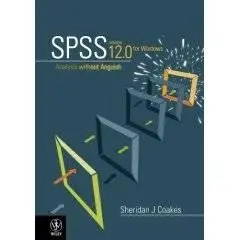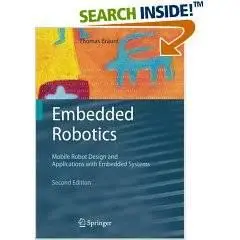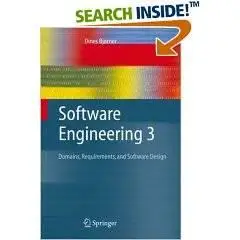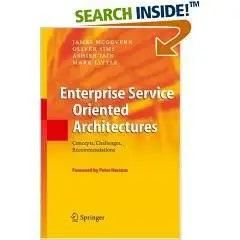Sheridan J. Coakes, «Analysis Without Anguish: Version 12.0 For Windows»
John Wiley & Sons | ISBN: 0470807369 | January 2007 | 278 Pages | PDF | 5,3 Mb
This latest version of SPSS: Analysis Without Anguish, is based on Version 12.0 of SPSS for Windows. SPSS software is being continually modified and improved but the steps of entering and analysing data remain similar. New features to SPSS 12.0 include better reporting capabilities through a new presentation graphics system and improved data and output management that provides greater flexibility and more options when managing data.





